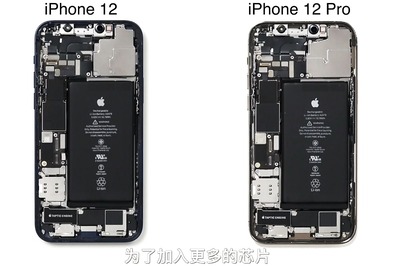
views
The need for larger rechargeable batteries and more energy storage for 5G technology is expected to significantly boost demand for cobalt over coming years and potentially pit the sector against electric vehicle makers.
Larger batteries, using lithium cobalt oxide chemistry (LCO), are needed in 5G phones because the antenna, used to transmit and receive radio waves, need more power than those in 4G phones. Base station antenna for 5G also needs significantly more power, putting pressure on power grids, necessitating the use of energy storage systems, which in China are now being built with cobalt-containing lithium-ion batteries.
China is leading the way on 5G sales, which have slowed in recent months but are expected to increase as growth recovers in the aftermath of the COVID-19 crisis.
“5G will be a major source of cobalt demand in the years ahead,” said George Heppel, analyst CRU, which expects cobalt demand for portable devices to rise to 73,000 tonnes by 2025 from 45,000 tonnes this year.
Also Watch:
“Down the road, we are likely to see some aggressive bidding for cobalt from electric vehicles and mobile phones, where there isn’t really chemistry that can compete with LCO.”
Electric vehicles typically use cathodes made from nickel, cobalt and manganese, but there are alternatives such as lithium iron phosphate that do not need cobalt.
Cobalt demand estimates mostly vary between 100,000 and 130,000 tonnes for this year, doubling to between 200,000 and 260,000 tonnes in 2025.
Analysts expect a balanced cobalt market this year and deficits from 2022 as sales of electric vehicles and 5G phones accelerate.
“As the global transition to 5G technology gathers pace, growth in non-EV markets has significant potential to expand across two fronts: portables and energy storage systems,” analysts at Benchmark Mineral Intelligence said in a note.
“Demand growth for energy storage systems has already overtaken electric vehicles, albeit starting from a much lower base, and Benchmark forecasts stationary storage demand to grow by 35% per annum through the 2020s.”




















Comments
0 comment